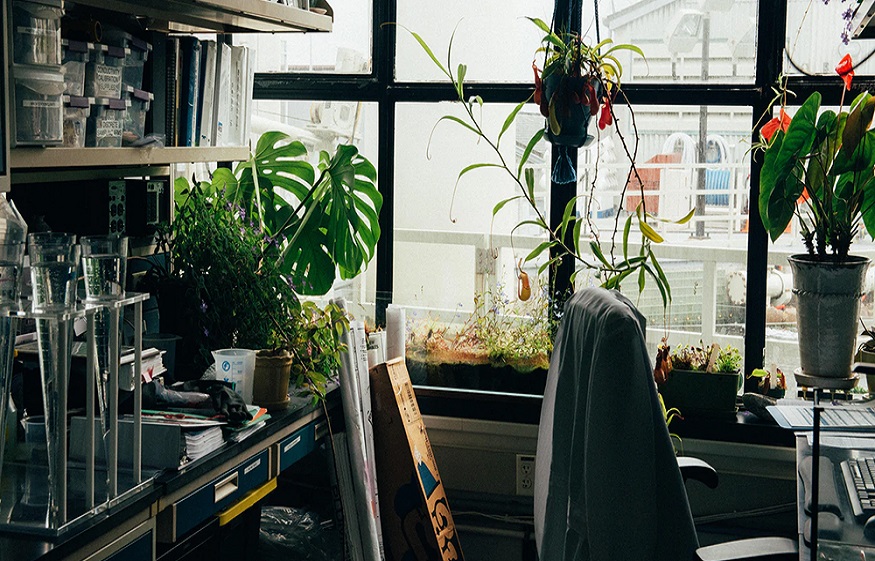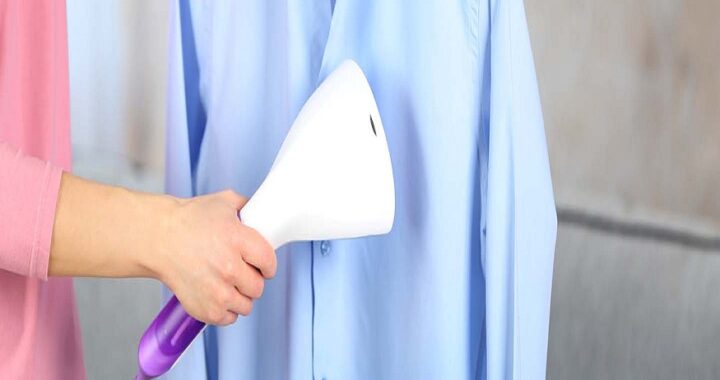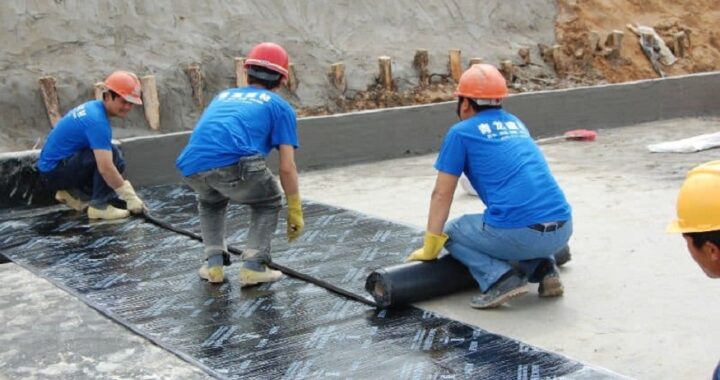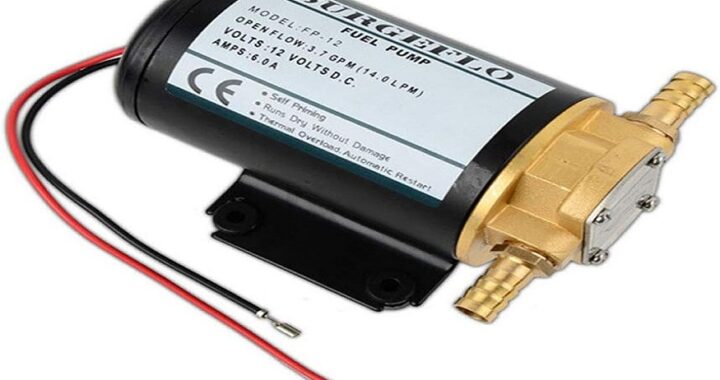EFFECTIVE WAYS To GROW VIBRANT HIBISCUS

With flashy, whorled blossoms that draw in butterflies and hummingbirds, hibiscus illuminates the late spring garden like not many other blooming bushes do. These tropical plants arrive in a wide scope of striking tones, including red, yellow, pink, orange, peach, coral, and white.
Treat these warm climate bushes well, and you can appreciate relentless sprouts from spring through fall. Follow these means to develop sound hibiscus plants. Buy Houseplants Hibiscus from the reputed store to get the best quality plant.
SELECT THE IDEAL PLANTING LOCATION
Select a site in full sun. Hibiscus expects six to eight hours of direct sun every day to flourish. If you live in a space inclined to breezy conditions, place plants in ensured areas, as blossoms are fragile and tear without any problem.
Hibiscus additionally does very well in compartments — a decent arrangement when you wish to appreciate the plants in regions where ground planting is absurd, for example, around pools, and on decks. Tropical hibiscus requires temperatures over 45 degrees Fahrenheit. In this way, the holder filling inside in the colder time of year is likewise an option.
Yellow Hibiscus
Hibiscus arrives in a wide scope of striking tones.
SET UP THE SOIL
For ideal development, hibiscus requires rich soil. Advance the dirt before planting by revising with custom-made or stowed fertilizer and worm castings. A recent report by the American Society for Horticultural Science found that hibiscus developed with worm manure became greater and would be advised to bloom.
Hibiscus fills best in somewhat acidic soil that has a pH somewhere in the range of 6.5 and 6.8. Before planting, decide your dirt’s pH by testing it. On the off chance that fundamental, apply alterations to modify pH. Increment pH by utilizing Pennington Fast Acting Lime, and lessening pH by applying soil sulfur. Stand by about fourteen days and retest the planting region to guarantee that the pH levels are ideal for developing hibiscus.
For holder-developed hibiscus, use fertilized soil that channels well and that is intended for acidic plants.
PLANT
Delve an opening in the revised planting site that is pretty much as profound as the hibiscus root ball, and a few times as wide. Cautiously eliminate the hibiscus from its nursery holder and put the hedge in the planting opening. Inlay the planting opening most of the way with the dirt borrowed from the opening, and afterward, water well to settle the plant and take out any air pockets. Wrap up filling the opening and search the dirt around the plant. Add a one-inch layer of worm castings around the foundation of the plant, and afterward water again until the dirt and nightcrawler castings are very much soaked.
Pink and White Hibiscus
Hibiscus sprouts are probably the most shocking summer blossoms.
WATER REGULARLY
Keep the dirt encompassing the hibiscus clammy however not soaked. For the main week in the wake of planting, water day by day, tightening to once like clockwork in the subsequent week, and afterward about double seven days from that point, when there is no precipitation. On the off chance that the climate turns out to be particularly blistering and dry, water every other day. Abstain from watering the foliage while flooding hibiscus, as wet foliage can prompt foliar illness, for example, mildew.
PRUNE TO PROMOTE BLOOMING
Hibiscus blossoms just the most recent days before cutting off and in the long run falling the plant. Keep the plant clean by eliminating the spent blossoms. For plants that you overwinter inside or fill outside in a gentle environment, prune the bush back by 33% in pre-spring or late winter. Eliminate intersection and dead branches, and trim back the plant with the goal that the entirety of the stems are a similar length.
WATCH FOR PESTS AND DISEASES
Hibiscus is vulnerable to a few nuisances and infections. Creepy crawly bug harm to hibiscus incorporates untimely dropping of blossoms, inability to sprout and flourish in general, openings in leaves and petals, and a sticky substance on plants and close by surfaces. Regular vermin incorporate aphids, insect parasites, thrips, and whiteflies.
Developing an hibiscus that lights up your nursery with blossoms is a compensating experience. Apply these planting and upkeep tips, and you can appreciate bountiful, bright sprouts and sound, fiery hibiscus plants the entire summer.

 Green Thumbs And Professional Tools: The Growing Importance Of Lawn Care Services
Green Thumbs And Professional Tools: The Growing Importance Of Lawn Care Services  Reasons to Choose a 3 BHK Fully Furnished Flat for Rent
Reasons to Choose a 3 BHK Fully Furnished Flat for Rent  The Convenience of Same-Day Dry Cleaning: 10 Benefits You Should Know
The Convenience of Same-Day Dry Cleaning: 10 Benefits You Should Know  The Complete Guide to Brick Bat Coba Waterproofing Techniques
The Complete Guide to Brick Bat Coba Waterproofing Techniques  The Future of Gear Oil Pumps: Advancements in Design and Technology
The Future of Gear Oil Pumps: Advancements in Design and Technology  How Do Dubai AC Repair and HVAC Services Provide Maximum Comfort and Efficiency in the UAE?
How Do Dubai AC Repair and HVAC Services Provide Maximum Comfort and Efficiency in the UAE?  How a Healthy Living App Fits Modern Life
How a Healthy Living App Fits Modern Life  Reasons To Improve Call Connect Rate
Reasons To Improve Call Connect Rate  Motor Coach Service for Corporate Retreats: A Smart and Comfortable Choice
Motor Coach Service for Corporate Retreats: A Smart and Comfortable Choice  Importance of F & I Training Solutions
Importance of F & I Training Solutions